Next-generation telecommunications.
Published:
6 July 1999 y., Tuesday
The proceedings of last week_s Family Re-Union 8 symposium moderated by Vice President Al Gore at Vanderbilt University were available over the world_ most advanced network, Internet2. Campuses linked to the network could view this video-on-demand demonstration project. What will enable this and other advanced applications to become widely available in the future is the deployment of high-speed digital networks. Internet2 is the incubator for emerging technologies that will shape the future of the global Internet. Formed in October, 1996 and administered by the University Corporation for Advanced Internet Development (UCAID), Internet2 now encompasses 154 participating universities, 55 corporate members and numerous government agencies, with an annual investment of over $80 million. Internet2 is a consortium of hundreds of high-speed networks linked via two fiber optic backbones that span the country. Qwest Communications, Cisco Systems, Nortel Networks and Indiana University developed one called Abilene. The other is the very high-performance Backbone Network Service (vBNS), developed by the National Science Foundation and MCI WorldCom. Together they are capable of data transfer at speeds up to 2.4 gigabits per second--90,000 times faster than a 28.8K modem. Researchers say that while they have been able to get new technologies to perform in the lab, they must test them in the real world to see if they can scale to thousands of users. Internet2 is the petri dish for network experiments. At the summit, NASA demonstrated the Virtual Collaborative Clinic, which connects medical facilities around the country. It lets doctors manipulate high-resolution, 3D images of MRI scans and other medical imaging. Not only can doctors consult and diagnose, but they can simulate surgery by using a "CyberScalpel." Virtual surgery will give surgeons an opportunity to prepare before ever entering the operating room, reducing the time required for the actual procedure. NASA plans to use the technology to provide remote healthcare to astronauts probing space They do know that for future applications to run effectively, the infrastructure of the existing Internet will have to be significantly upgraded.
Šaltinis:
Forbes.com
Copying, publishing, announcing any information from the News.lt portal without written permission of News.lt editorial office is prohibited.
The most popular articles
Software company announced new structure_ of it_s business.
more »
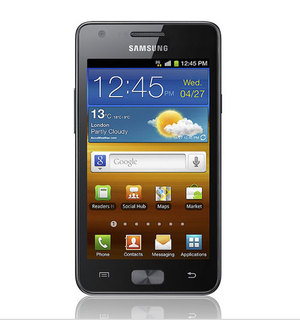 A new smartphone from Samsung has been announced by Three in Sweden, the Samsung Galaxy Z.
more »
A new smartphone from Samsung has been announced by Three in Sweden, the Samsung Galaxy Z.
more »
 News Corporation has sold its ailing social networking site MySpace to online advertising firm Specific Media.
more »
News Corporation has sold its ailing social networking site MySpace to online advertising firm Specific Media.
more »
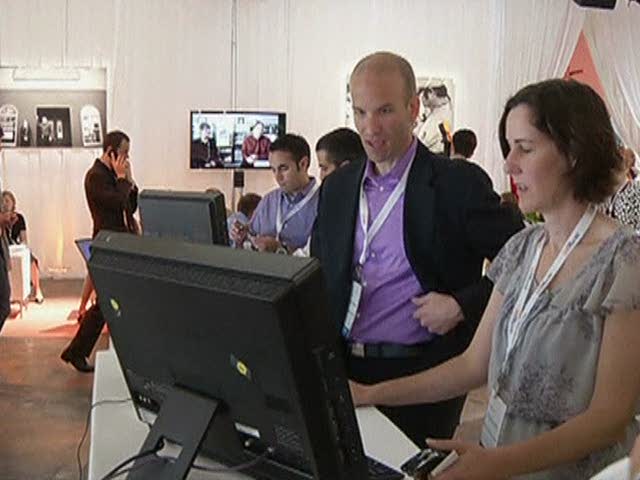 Microsoft CEO Steve Ballmer promoted company‘s new cloud product Office 365at an event in New York City.
more »
Microsoft CEO Steve Ballmer promoted company‘s new cloud product Office 365at an event in New York City.
more »
 Most folks do work with their hands, but what about your feet?
more »
Most folks do work with their hands, but what about your feet?
more »
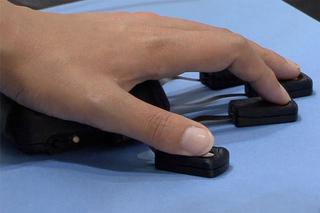 Company Double Research & Development has developed a new input device that can sense motion and pressure of the fingers. Manipulator "amenbo" find its use in applications requiring detection of users using their hands.
more »
Company Double Research & Development has developed a new input device that can sense motion and pressure of the fingers. Manipulator "amenbo" find its use in applications requiring detection of users using their hands.
more »
 Thousands of pages from one of the world's biggest collections of historic books, pamphlets and periodicals are to be made available on the internet.
more »
Thousands of pages from one of the world's biggest collections of historic books, pamphlets and periodicals are to be made available on the internet.
more »
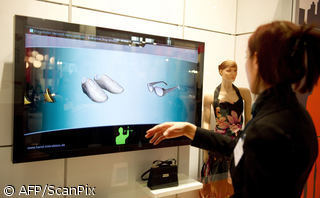 Chinese internet giant Alibaba has announced that it is reorganizing one of its websites, Taobao, into three separate units.
more »
Chinese internet giant Alibaba has announced that it is reorganizing one of its websites, Taobao, into three separate units.
more »
 Mr Lockhart, who joins Facebook next month as Vice President of Global Communications, represents the company's latest move to enlist Washington insiders.
more »
Mr Lockhart, who joins Facebook next month as Vice President of Global Communications, represents the company's latest move to enlist Washington insiders.
more »
 Facebook is planning an IPO that could value the company at as much as $100 billion, according to CNBC sources.
more »
Facebook is planning an IPO that could value the company at as much as $100 billion, according to CNBC sources.
more »
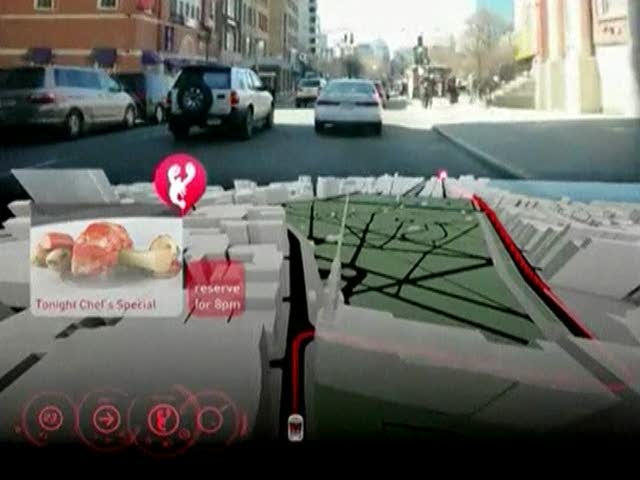 Audi and MIT's SENSEable City Lab have teamed up to design the car navigation system of the future - a 3D display that will sit on the dashboard.
more »
Audi and MIT's SENSEable City Lab have teamed up to design the car navigation system of the future - a 3D display that will sit on the dashboard.
more »